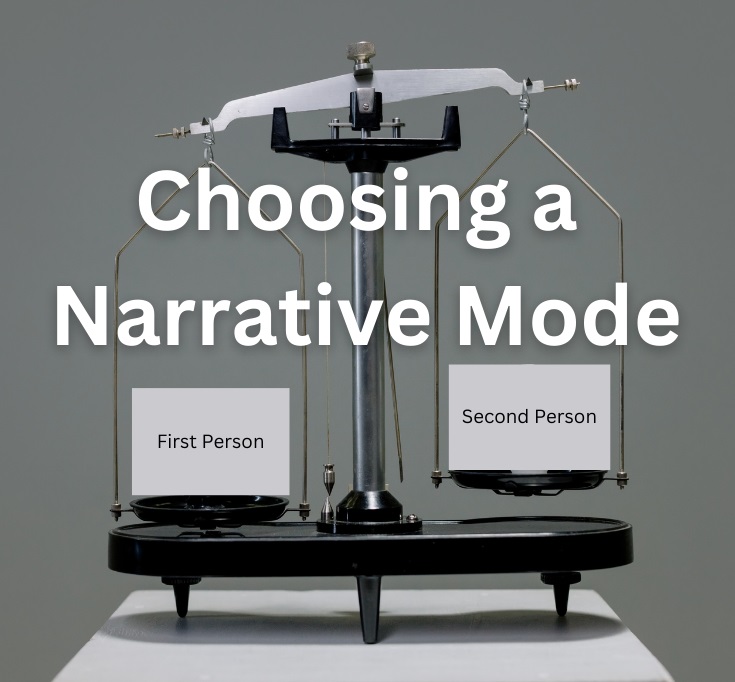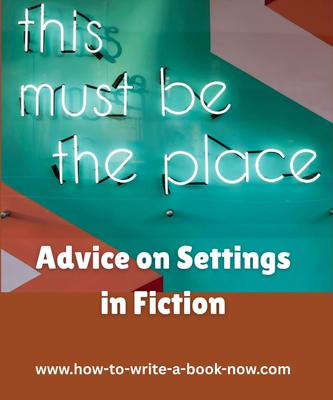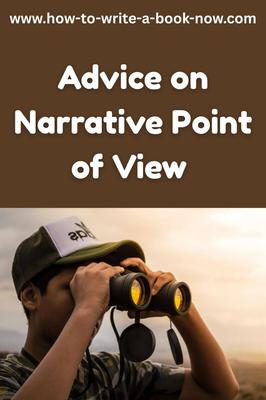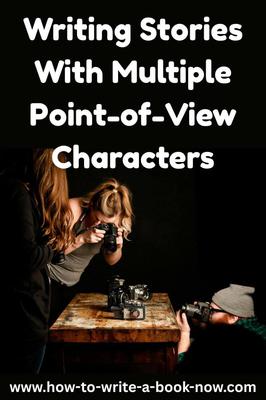Writing with multiple leads
by Hannah Osborne
(Georgia, U.S.A.)
Question: I'm working on my first book right now, a historical fiction novel focusing on a specific family, and because of that I have multiple characters and multiple story lines. I've been looking for some advice on how to weave the plots and characters together in a way that works. I don't know if this makes a difference, but I also prefer writing in third person instead of first person. Is this even possible to do? And if so, are there any tips I should keep in mind as I write? (I'm still outlining and researching at the moment, but I hope to begin the actual writing very soon.)
Answer: There are two ways I could respond to this question.
First, the more technical response...
When you're working with multiple story lines, it helps to outline each one separately before you combine them - to make sure the dramatic structure is sound for each of them.
One useful tool is to write each event (change, turning point) on a separate 3"x5" index card. Use a different colour of card for each storyline. If you have more storylines than colours of card, perhaps put a coloured mark or symbol on each card to indicate which storyline it belongs to.
You can arrange your storylines as parallel rows of coloured cards on a large table, wall, floor, whatever you have. Make sure each storyline is clear, complete, and follows its own dramatic structure.
The fun part is when you weave or braid the events into one chronological sequence, combining all the storylines. I sometimes assemble the rows on a large corkboard and run a strand of string or wool from one card to the next, so
You might find it useful to date each event as you do this.
Your final challenge depends on whether you want to tell your story in chronological order. You may, for example start at the end and tell most of the story in flashback. Or you might jump back and forth between two time periods.
It helps greatly if you have worked out the chronological order of events before you get to this stage. The process here is one of deciding where to cut the cards and how to arrange the sub-decks.
The non-technical way of responding to this question would be to give you guidelines for braiding the events. Here are just a few thoughts...
I actually think third person narration will be advantageous with this type of story, because it is easier to switch point-of-view characters effectively when using third person. Try not to switch within a chapter.
Readers have a tendency to latch onto the first POV character they meet, so consider this when deciding where to begin the story. Who is the primary POV character?
It helps to have a bit of a cliff-hanger before you switch to a different storyline. The resolution of each event should raise a question or compel an action.
You might want to work on one act or section at a time, because it's difficult to hold all the events of a novel in your head simultaneously.
Otherwise, you simply must play with different arrangements of events until you find the one that is most satisfying. It really depends on your story.
Best of luck.
- Home
- Writing Questions
- Writing with multiple leads















